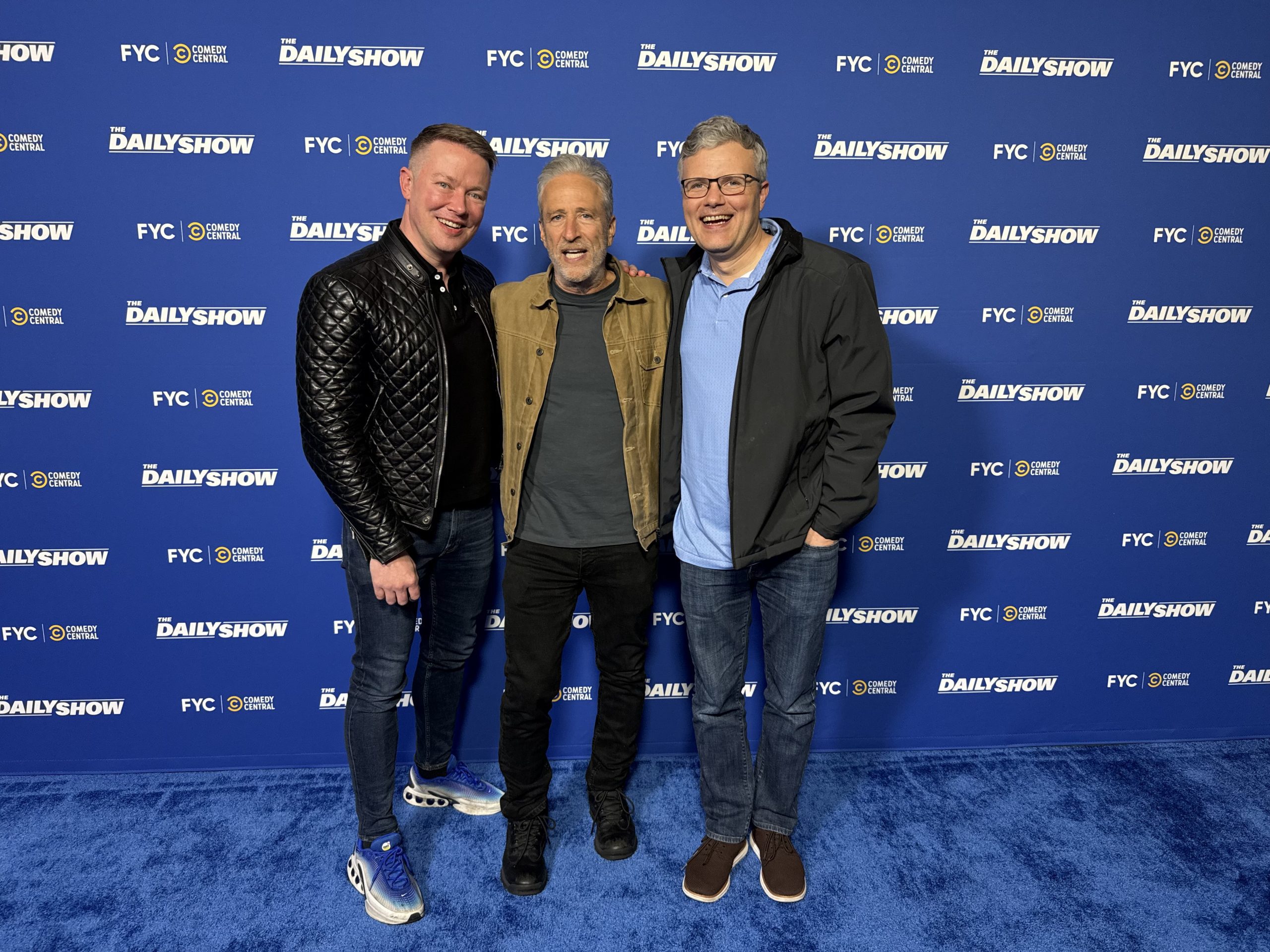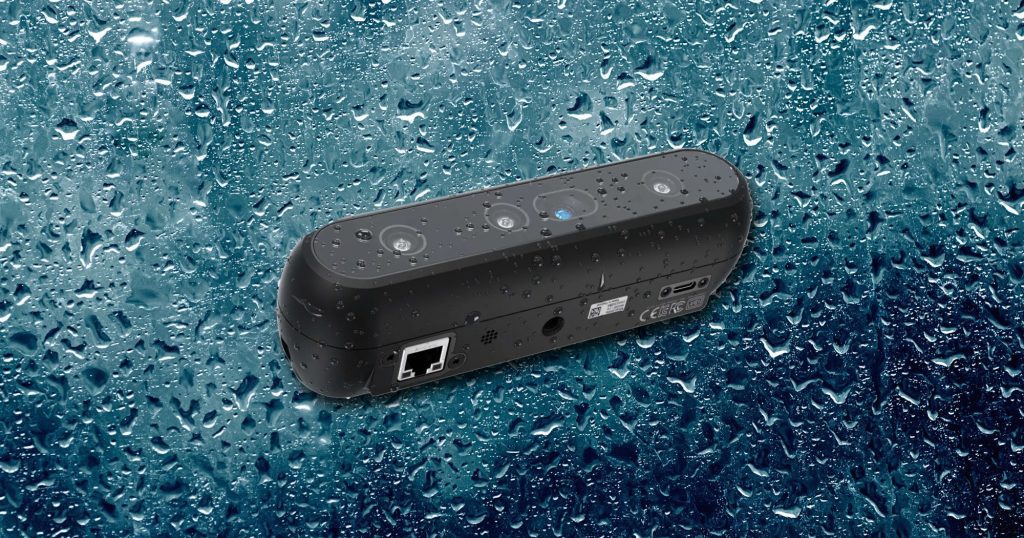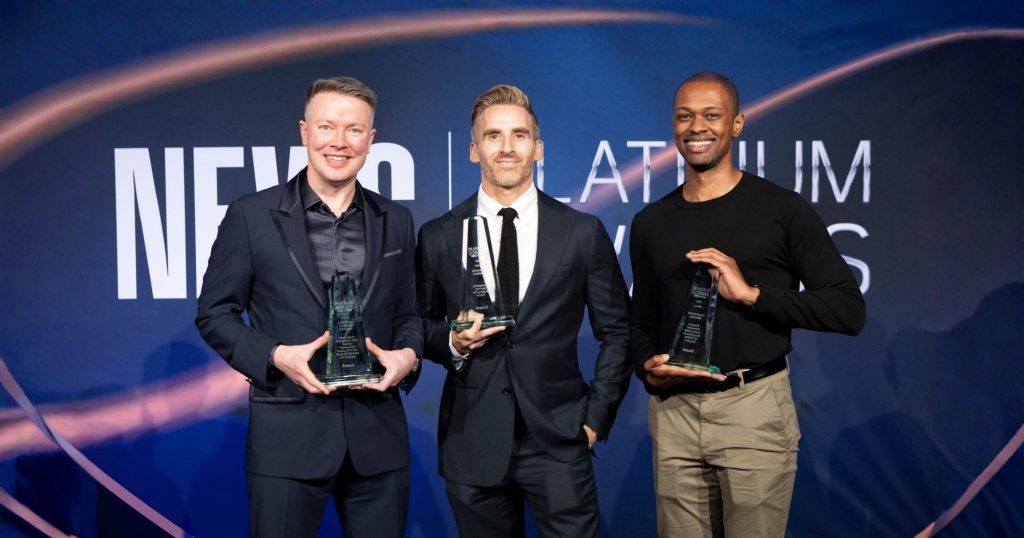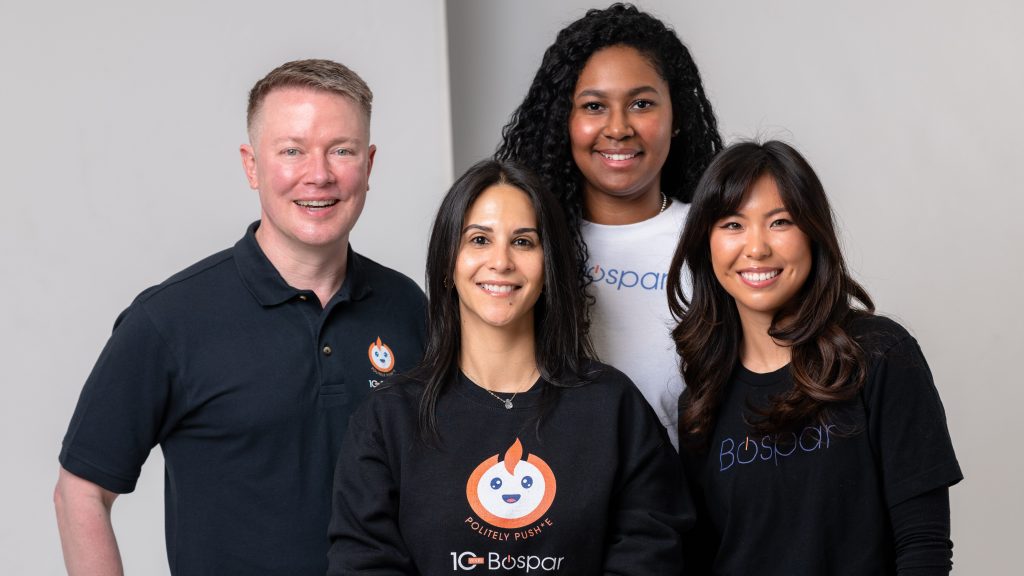I rarely get a glimpse inside Hollywood’s awards season machine. The entertainment industry runs on a different set of rules than enterprise or pharma communications where it’s less about regulatory approval and more about who gets the vote. But when a friend who’s an Academy member invited me to The Daily Show’s “For Your Consideration” event on June 7th, I immediately became a teenager (OMG!) and enthusiastically seized the chance to see things from the inside.
If you’ve ever driven through Los Angeles during awards season, you’ve seen those mysterious billboards with just “FYC” and a show’s name—cryptic messaging that only insiders understand. FYC stands for “For Your Consideration,” sophisticated lobbying efforts designed to keep shows fresh in Emmy voters’ minds. With thousands of eligible programs competing and nominations announced in mid-July, these intimate events allow creators to make their case directly to the industry professionals who decide the winners.

The experience design that works
What struck me immediately was how thoughtfully The Daily Show team had designed the experience. They recreated the set complete with the iconic mugs and desk setup. Guests could take photos with Jon Stewart, Desi Lydic, Ronny Chieng and others in an environment that felt both intimate and professional.
I tried to play it cool during my photo op. Naturally, I failed.
But that’s kind of the point. An environment was created where even industry professionals became genuinely excited fans. That’s masterful stakeholder engagement.
For corporate PR, this translates to understanding that your stakeholders, whether they’re regulators, investors or journalists, are still human beings who respond to authentic experiences and personal connection. These moments aren’t just PR fluff; they reflect intentional communication strategy grounded in empathy.
When breaking news rewrites everything
The dominant topic of conversation was how they had to completely restructure their show in response to the Trump-Musk Twitter feud.
Jon Stewart described how the team had spent significant time preparing for the week, only to have those plans upended mid-afternoon, a young man by the name of Elon Musk decides to use the platform that he has purchased to… blow up the show.
While the audience nodded appreciatively, I wasn’t impressed. As a former TV producer, I’ve blown up rundowns countless times, for the Columbia Space Shuttle disaster, 9/11, Northern California floods, etc. That’s the nature of news.
What was impressive, though, was how quickly they bounced back.
The technology that enables agility
Jon Stewart reflected on the show’s evolution, noting how far they’ve come from the pre-TiVo era to today’s AI-powered capabilities. He described how quickly (12 seconds!) and easily producers can now generate alternate reads or more dynamic versions of segments, thanks to a sophisticated set of tools at their disposal.

This isn’t just about technology, it’s about having systems and expertise in place that can leverage technology to enhance effective communication and collaboration. The 12-second turnaround happened because they had professional writers, producers and technical teams who understood how to collaborate under pressure.
For tech and pharma companies, this is a reminder that true crisis agility doesn’t just depend on tools—it depends on people, process and organizational communication that keeps everyone aligned when speed matters most.
The craft vs. algorithm philosophy
Stewart expressed genuine concern about how tech companies approach content creation: “When they talk about like writers’ rooms… it’s really important for us that the writers are a part of the whole process, and that people in the building, get to put their hands and touch the macro of the art that you produce.”
He expressed concern about companies that acquire shows and significantly reduce writing staff, leading to a disconnect between production and the creative team. Without writers present on set, he noted, there’s a loss of continuity and mentorship that’s essential to preserving the craft.
That’s not just limited to entertainment. In enterprise communications, we often see executives who want to bypass professional internal communications teams in favor of direct social media posting or AI-generated content. The Daily Show’s emphasis on craft and institutional knowledge offers a counter-narrative: professional expertise creates better outcomes than individual improvisation.
The authenticity that audiences crave
They shared a powerful observation about audience psychology, noting a renewed sense of urgency among attendees of a genuine need for connection and shared experience. Audiences seemed deeply engaged, almost craving the chance to laugh together in a room, creating an atmosphere of collective catharsis.
This hunger for authentic human connection explains why their FYC event worked so well. The event was about creating genuine moments of connection between creators and industry professionals.
The hosts positioned their show as a deliberate response to the past decade’s emphasis on algorithm-churned, high-volume content. Rather than chasing quantity, they prioritize high production value and thoughtful comedy. They stressed that while anyone can sit behind a desk and talk about the news, few bring the same level of craft and audiences can tell the difference.
What corporate PR can learn
- Experience design matters
The recreated set, photo opportunities and intimate setting created memorable stakeholder experiences. Corporate events often focus on information delivery rather than relationship building. - Professional craft scales
Their ability to pivot quickly came from institutional knowledge and professional systems, not just technology. Individual executives posting directly to social media lack this infrastructure and communication strategy to support that speed and nuance. - Authenticity requires strategy
The “authentic” moments, such as the photo ops, the behind-the-scenes insights and the candid discussion of challenges, were carefully designed to feel genuine while serving strategic purposes. - Quality over quantity resonates
In an age of algorithm-driven content, professionally crafted communication stands out precisely because it’s rarer and more thoughtful. - Human connection is currency
Even industry professionals responded to genuine personal interaction. In corporate settings, this translates to understanding that stakeholders want to connect with real people, not corporate messaging.
The takeaway
What I saw at The Daily Show’s FYC event was professional communications at its best: strategic thinking combined with authentic execution, technological capability supported by institutional expertise and relationship building that serves both immediate tactical goals and longer-term strategic objectives.
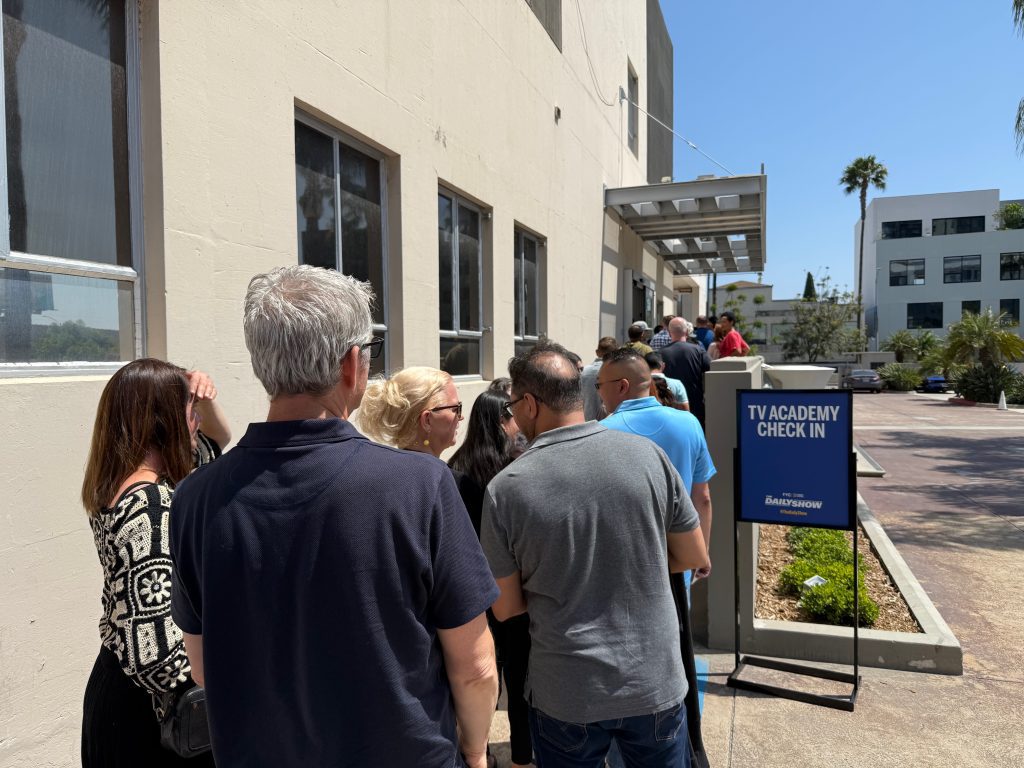
Hollywood may seem different from enterprise communications, but the fundamental principles are identical. Whether you’re campaigning for Emmy votes or managing regulatory relationships, success comes from combining professional expertise with genuine human connection.
The Daily Show team understood that their real product isn’t just comedy, it’s trust, credibility and authentic relationship with their audience. That’s a lesson every corporate communications professional should internalize.
If there’s one lesson corporate leaders should walk away with, it’s this: audiences are “thirsty” for authentic connection, but authentic doesn’t mean unmanaged. The most effective communication combines genuine human insight with professional expertise, which is exactly what I witnessed at that FYC event and exactly what corporate leaders need to embrace.
